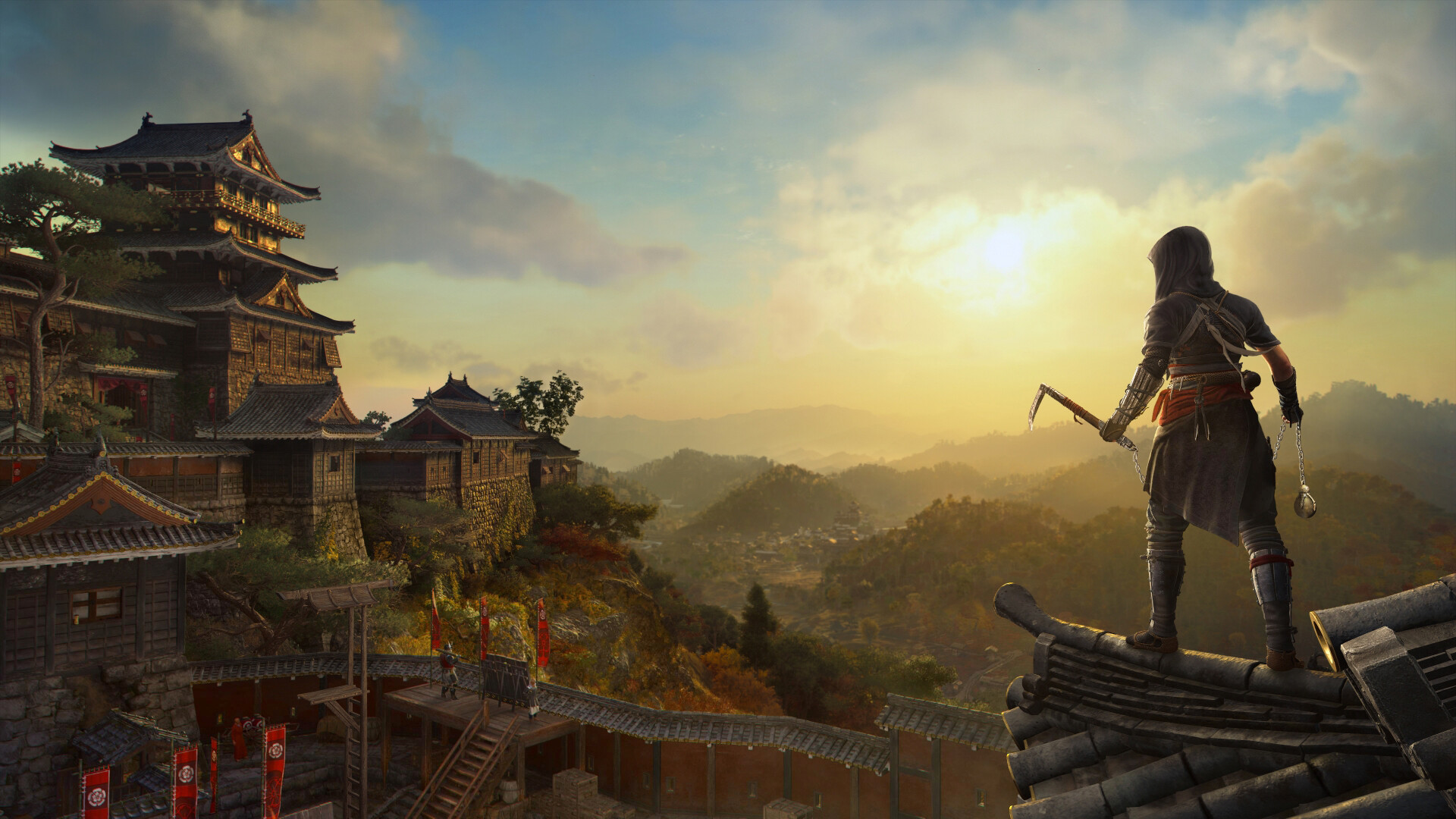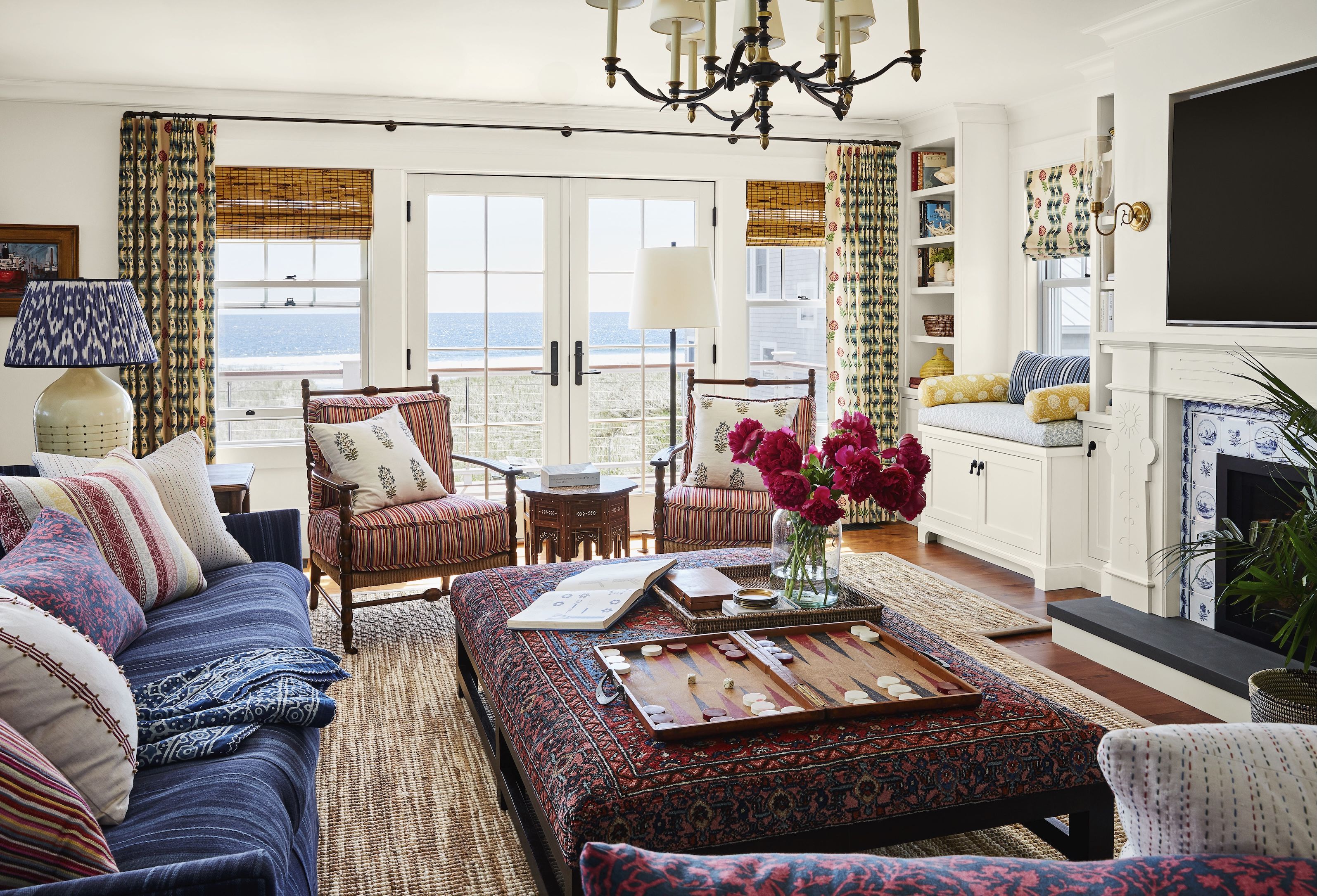
'We write good stuff in the pub:' the comedy first approach to Thank Goodness You're Here
www.gamedeveloper.com
The IGF (Independent Games Festival) aims to encourage innovation in game development and to recognize independent game developers advancing the medium. This year, Game Developer sat down with the finalists for the IGFs Nuovo and Grand Prize nominees ahead of GDC to explore the themes, design decisions, and tools behind each entry. Game Developer and GDC are sibling organizations under Informa.Thank Goodness Youre Here sets players free to take in the sights and meet the locals of the Northern English town of Barnsworth, taking on ridiculous odd jobs and enjoying (or slapping) the absurd people and things you come across.Game Developer caught up with Will Todd and James Carbutt, creators of the multi-IGF Award nominated title, to chat about the challenges that come with creating an entire city filled with silly people and funny things to do, what appealed to them about making the player interact with things by slapping them, and the complexities of creating the sound and musical style so it didnt take away from the experience.Who are you, and what was your role in developing Thank Goodness You're Here?We are Will and James, the creative duo behind Thank Goodness Youre Here! James does the silly pictures and the music and Will does all the work (on the computer). We write everything together and voice a couple of characters each, too.Related:What's your background in making games?Will studied game design at Uni whereas James comes from an animation background. Really, neither of us have professional experience in the industry; we just got together one weekend and decided to make something fun. It has been the longest weekend of our lives.How did you come up with the concept for Thank Goodness You're Here?It was more a case of slowly arriving at it. The original 'next game' idea we had after The Good Time Garden was very different and didn't have a central player character and or specific location, being more focused on a visual style and loose concepts we wanted to explore. When we sat down to 'design' it, the characters naturally had our tone of voice (and accents), so the whole thing shifted gradually towards being set in a Northern English town and having a focus on the quirks and colloquialisms of that place.What development tools were used to build your game?We used Unity for the engine, Photoshop for the pictures, and Fmod for the noises.The town of Barnsworth is filled with all sorts of wild, wacky people who have things for you to do (or at least promise some sort of silly interaction). What challenges did you face in creating an entire city crammed full of silly things to do and funny people to meet?Related:To be honest, the most difficult part is deciding how you actually interact with the characters. Because the player character serves as a kind of straight man for the comedy, it was difficult to know when their interactions with the townsfolk felt too involved. Also, because of the fairly flat visual presentation, it was tough to signal to the player who and what is important in a scene at any given moment. I think we circumnavigated this issue by making the whole thing a sort of send up of fetch quests, which meant we could be fairly hamfisted with 'briefing' the player.Also, it was hard (and dumb!) to draw that many characters without reusing any assets.What was your process for creating a character and the funny things that would happen around them? Your process for cramming similar humor into the player's interactions with the world and the things they see in it?Our approach to development is comedy first, and then tease out 'gameplay' from those bits. So, it usually involves us both drinking 4 tins of Stella a piece and screaming obscenities in a room until one of us says something funny (usually Will). We write good stuff in the pub. But then sometimes there might be a particular visual composition wed like to explore, or a particular setting, and things are built out from there.Related:What thoughts went into the game's art style? What drew you to this animated, playful style? How did you create an art style that seems designed to enhance the humor of the game? That also made some of the more unsettling or gross elements just feel light and fun?The artwork is just James style so it didnt go through a ton of development because it was already developed. In many ways, the game serves the art style rather than the other way around. It would be a very different, probably more restrictive, experience if everything was written up top and then an artist came in and brought it to life.What drew you to have the slap/smack be the main way of interacting with things in the game's world?This was a hangover from our first exploration into games, The Good Time Garden, a short surreal interactive experience we made around our day jobs. We knew we wanted quite a pure gameplay experience, (no UI, no dialogue boxes, no complicated control scheme), and, as we knew there wouldnt be any gameplay in the traditional sense, it made sense to find a non-diegetic interactive button. Slap was the simplest and funniest.What thoughts went into the music, sound effects, and voices that would further increase the fun and humor? How did you make this game sound fun and appealing with these elements?For the sound, we worked with some lovely folks from A Shell in the Pit, and together we decided that the visual style and tone of voice of the game spoke for themselves, so it was funnier to make the SFX more realistic rather than slapstick. Similarly, the ambience is quite true to life, which hopefully grounds the player a little among the chaos.The music was difficult, if it was too sentimental it undermined the comedy and left some of the scenes feeling a bit too tragic, but if it was too upbeat we were in danger of things feeling corny. Hopefully we found a nice balance. Its a bit of a blend between old British Music Hall stuff, Brass Bands, and a little Rocksteady.A great deal of effort must go into the animations and creating so many layered jokes throughout the world. How did you keep this game's scope from spiraling out of control as you created more and more layers to it? How did you keep things focused and keep your capabilities as a team in mind while creating the game?This being our first proper project meant we were both dramatically under-qualified, but also stupid enough to think we could deliver, which I suppose we did, albeit 3 years over schedule. But that meant that we didnt really have a clue what the game was going to look like until right near the end. It meant the games scope fluctuated massively throughout development, and it was a real struggle to nail down a coherent story or narrative.Difficulties arose because the whole thing is functionally a sketch show you can play, but without the luxury of being able to cut to a completely new scene/time/location at a whim. Instead, we had to write a sketch show, and then figure out a way for the viewer to travel between sketches in a consistent, intuitive, but still entertaining, way. Also, the player is part of the sketch show, also the whole things animated, also the player can walk away from the sketches and decide instead to slap a bin basically whenever they want. Nightmare.Anyway, towards the end of the project we really started to get a handle on what was important and found the balance between bin slapping and bits.
0 Commentarios
·0 Acciones
·47 Views










